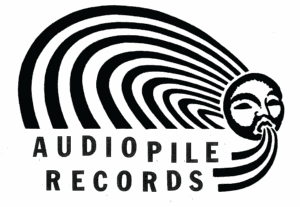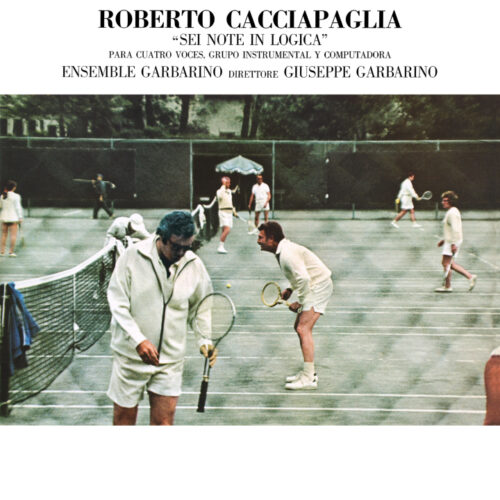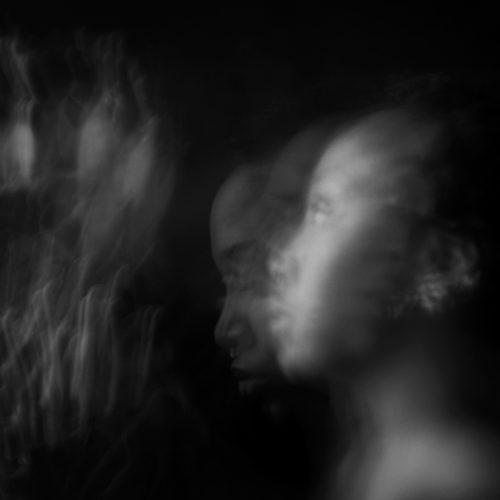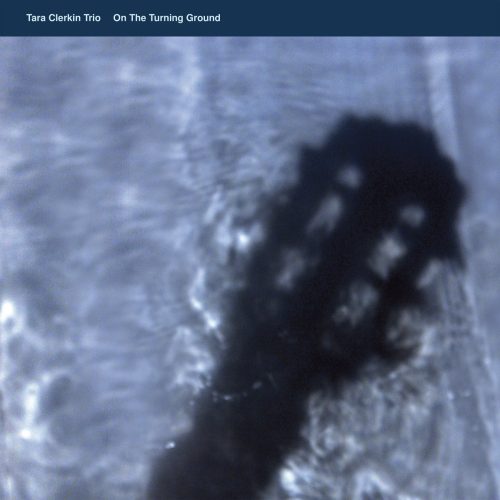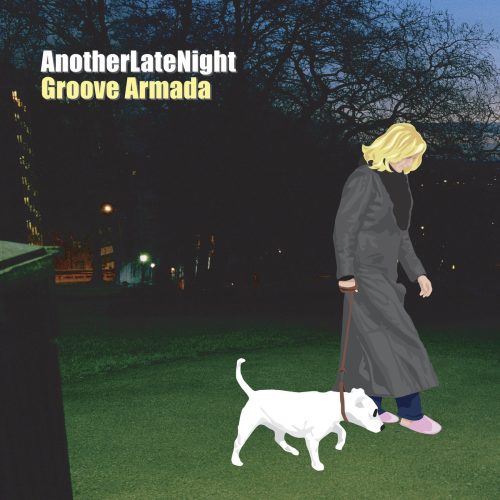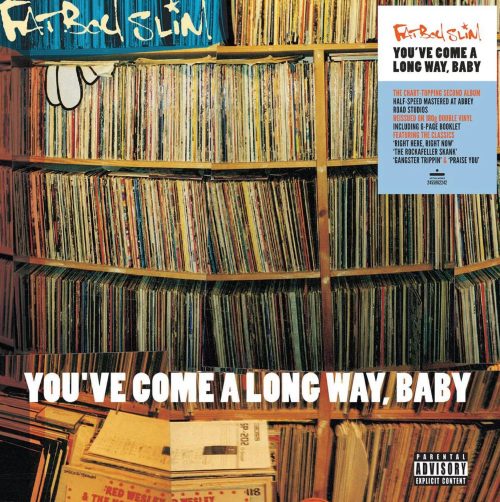Sei Note In Logica
Label: Superior Viaduct
Genre: Highlights, Electronic, Experimental
$39.99
Availability: In stock
Audiopile Review: There was a very special moment in the development of electronic music when newly available digital technologies intersected with increasingly advanced analogue techniques. Laurie Spiegel’s ‘The Expanding Universe’ is the most widely recognized classic of this era. But David Behrman, Maggi Payne, Horacio Vaggione, and others were making similar moves. This music often had more in common with the harmonic bliss-out of minimalism than the alien klang of classic electro-acoustic music. There’s a reason so much of it came out on a label called Lovely Music. Some of the loveliest music at the intersection of digital innovation, analogue synthesis, and minimalist bliss was composed by Italy’s Roberto Cacciapaglia. Here are reissues of two classic Cacciapaglia albums, both of which are absolute slam dunks for experimental electronic music fans and neo-new age space cadets alike. ‘Sei Note in Logica’, from 1979, mixes the hypnotic arpeggios of New York minimalism with strange, computer-generated textures. ‘Sonanze’, from four years earlier, is an extremely ambitious opus, which blends harpsichord, strings, and brass with analog synths. It easily holds its own against the ambient classics of its era, while simultaneously standing alone and predicting the future. These albums should never be filed under ‘lesser-known’. These are classics of their era, which demand to be recognized as such.
***
Roberto Cacciapaglia is an Italian composer and pianist who started out in the fertile Milan avant-garde scene of the 1970s, which included Franco Battiato, Giusto Pio, Lino Capra Vaccina, Francesco Messina, among others. After studying at the conservatory, he worked at RAI’s Studio of Musical Phonology – an electronic music laboratory similar to NDR/WDR in Germany, GRM/IRCAM in France or BBC Radiophonic Workshop.
Originally released in 1979, Sei Note In Logica (Six Notes In Logic) is Cacciapaglia’s second album. While his debut, Sonanze, offers a series of ambient mini-soundtracks, Sei Note presents a singular, sinuous piece. The composition is based on a finite set of musical notes, yet this limitation is the point of departure for a grand tour of possible combinations and enthralling timbres (marimbas, strings, reeds and human voice).
Like Steve Reich’s Music For 18 Musicians, the joyous experiment of Sei Note is grounded in constant variation. Often doubled by multiple instruments, non-repeating patterns are exquisitely layered, while electro-acoustic signals transform and further refract through visceral effects. Within this conceptual framework, Cacciapaglia does not so much juxtapose rigid dichotomies – acoustic vs. electronic, melodic vs. dissonant, simple vs. complex – as fuse them into an expansive whole.
What started as an inspired study in Minimalism becomes a bold feat of 20th century music. Sei Note In Logica is deeply sincere and, at the same time, quite playful. With one foot firmly planted in the past and the other steeped in technology, Cacciapaglia’s influence can be heard in the work of Jim O’Rourke, Fennesz and Ben Vida.
